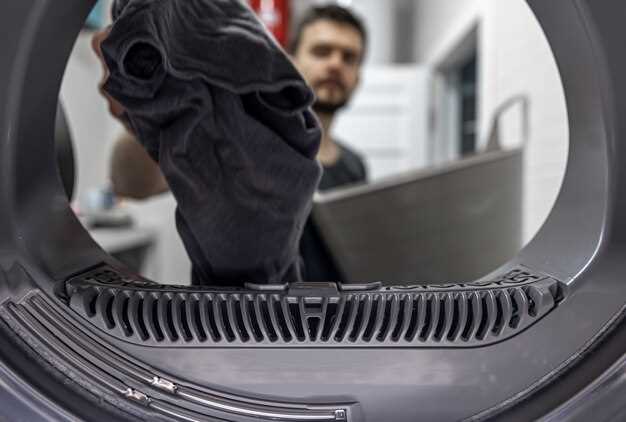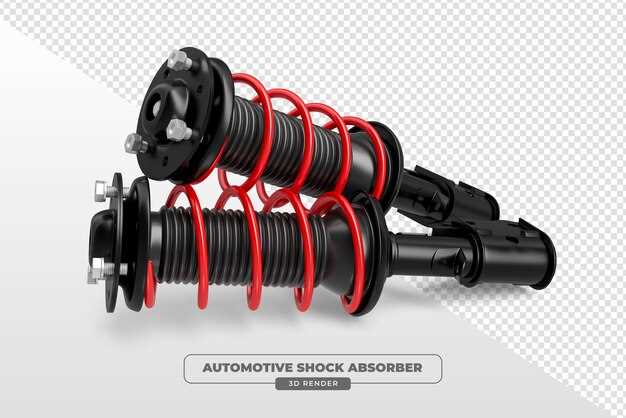
The interior of your BMW is a sanctuary, providing comfort and a refined driving experience. However, to maintain a pleasant atmosphere, it is crucial to ensure that the air you breathe inside the vehicle is clean and fresh. One of the key components in achieving this is the cabin air filter, which plays an essential role in filtering out dust, pollen, and other airborne particles.
Over time, the cabin air filter can become clogged and less effective, leading to diminished air quality and potential odors within your vehicle’s interior. Replacing this filter is a straightforward yet vital maintenance task that every BMW owner should consider taking on as part of their regular upkeep. In this guide, we’ll provide step-by-step instructions to help you successfully replace your BMW’s cabin air filter, ensuring that you can enjoy cleaner, healthier air while driving.
By following our easy DIY approach, you will not only enhance your driving experience but also potentially save on service costs. Let’s dive into the process of replacing your cabin air filter and keeping your BMW’s interior environment in optimal condition!
Identify the Correct Cabin Air Filter for Your BMW Model
Choosing the right cabin air filter is crucial for maintaining the air quality within your BMW’s interior. Each BMW model may have specific requirements regarding the filter size and type. To ensure proper fit and performance, it is essential to consult your vehicle’s owner manual or the manufacturer’s specifications.
Start by identifying your BMW model and year, as the cabin air filter may vary significantly across different models and production years. Common filter types include particulate filters, which trap dust and pollen, and activated carbon filters, which also eliminate odors from the cabin air.
Once you have verified the specifics, you can either visit your local dealership or check reputable auto parts retailers online. Many websites allow you to enter your vehicle’s details to find the exact filter compatible with your model. Pay attention to the filter’s dimensions and specifications to avoid purchasing the incorrect component.
Replacing the cabin air filter regularly not only enhances air quality but also protects the HVAC system. A clogged or dirty filter can reduce airflow and strain the system, leading to potential issues in the future. Always ensure that you keep the cabin air filter in compliance with the recommendations for your specific BMW model.
Step-by-Step Instructions for Cabin Air Filter Removal

Replacing the cabin air filter in your BMW is a straightforward process that helps maintain clean air circulation within your vehicle’s interior. Follow these step-by-step instructions to remove the old filter and install a new one efficiently.
Step 1: Gather Necessary Tools
Before starting, ensure you have the following tools ready: a flathead screwdriver, a new cabin air filter, and possibly a pair of gloves to keep your hands clean during the process.
Step 2: Locate the Cabin Air Filter
The cabin air filter is typically located behind the glove compartment. To access it, open the glove box and empty its contents. This will provide you with space to work.
Step 3: Remove the Glove Compartment
Carefully detach the glove compartment by pressing in on the sides to release the stops. Once the sides are free, allow the compartment to drop down fully. Be cautious of any connecting wires; if present, disconnect them gently.
Step 4: Locate the Filter Housing Cover
With the glove compartment removed, you will see the filter housing. It is usually a rectangular panel secured by clips or screws. Identify how the cover is positioned to facilitate easier reinstallation.
Step 5: Remove the Filter Housing Cover
Use a flathead screwdriver to gently pry off the clips or remove the screws securing the filter housing cover. Set these pieces aside in a safe location for later use.
Step 6: Take Out the Old Cabin Air Filter
Carefully pull the old cabin air filter out of the housing. Take note of its orientation, as the new filter should be installed in the same direction to ensure proper airflow.
Step 7: Clean the Filter Housing
Before inserting the new filter, it’s advisable to clean any debris or dust from the filter housing with a microfiber cloth. This helps ensure optimal air quality and filter performance.
Step 8: Install the New Cabin Air Filter
Insert the new cabin air filter into the housing in the same orientation as the old one. Ensure it fits snugly and that there are no gaps where air can escape.
Step 9: Reattach the Filter Housing Cover
Once the new filter is in place, reattach the filter housing cover by pressing down on the clips or securing it with screws. Make sure it is firmly attached to prevent any rattling or air leaks.
Step 10: Reinstall the Glove Compartment
Lift the glove compartment back into position and apply pressure to the sides to lock it back into place. If you disconnected any wires, reconnect them before closing the compartment.
Step 11: Test the Airflow
Start your BMW and turn on the air conditioning or heating system to test the airflow. Ensure that air is circulating properly through the new cabin air filter, improving the quality of the interior environment.
By following these detailed steps, you can successfully remove and replace your BMW’s cabin air filter, contributing to a fresher and healthier driving experience.
Tips for Installing the New Cabin Air Filter Properly

When replacing the cabin air filter in your BMW, following these essential tips will ensure optimal performance and longevity of your filter. Proper installation not only affects air quality in the interior but also enhances overall driving comfort.
1. Select the Right Filter: Ensure that the filter you purchase is specifically designed for your BMW model. Using an incorrect filter can lead to poor air circulation and reduced filtration efficiency.
2. Clean the Area: Before installing the new filter, clean the filter housing and surrounding area. Dust and debris can make their way into the interior and diminish the effectiveness of the new filter.
3. Check Orientation: Pay attention to the orientation of the filter. Most filters have an arrow indicating airflow direction. Installing the filter backward will compromise its ability to clean the air circulating inside the vehicle.
4. Secure the Filter: Make sure the filter is seated properly in its housing. An improperly fitted filter can lead to air bypassing the filter and pollutants entering the cabin.
5. Replace Seals if Necessary: If your filter housing has rubber seals, inspect them for damage or wear. Replacing worn seals will prevent air leaks and maintain the air quality inside the vehicle.
6. Regular Maintenance: Schedule regular maintenance for your cabin air filter. Frequent changes will help maintain clean air in the interior, ensuring a healthy and pleasant driving environment.
By following these tips, you can ensure that your new cabin air filter is installed correctly, providing optimal filtration for the air circulating within your BMW’s interior.
